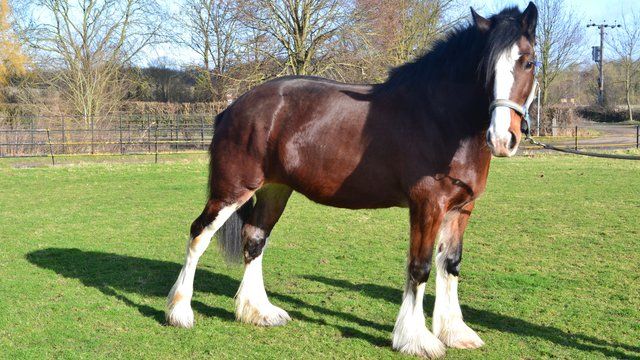|
If you want a challenge in 2019, then how about volunteering with bears or elephants?
World Animal Protection have got a couple of terrific challenges.

Volunteer with Bears for World Animal Protection and help bears!
World Animal Protection have a sanctuary for rescued bears. Based in Romania, it provides rescued bears with a forever home. They have suffered terrible cruelty. This is a chance to contribute directly towards improving their lives and make things better for them.
All you need to take part is energy and enthusiasm. The registration fee is £295 and you need to fundraise (or pay yourself) £1,455.00,
You'll be doing things like helping to plant fruit trees, building an education trail for school children, making toys for the bears or fixing the boardwalk. And you'll be able to sit back, chill out and watch the rescued bears as they enjoy life at the sanctuary.
Find out more here from World Animal Protection or....
If elephants are your preferred species, check out their Elephant Adventure Trek.

Elephant Adventure Trek 2019 with World Animal Protection
Elephant Valley Thailand is a very special development for both elephants and tourists. Tourists can see elephants behaving naturally and freely as part of a herd. During your time at the sanctuary, you'll be involved in activities such as...
- Maintenance of the grounds
- Cleaning and food preparation depending on the sanctuary’s greatest need at the time
- Plenty of observing and learning about the elephants at the sanctuary.
But on this elephant experience, there's also time to go trekking in the jungle in search of wildlife and hidden waterfalls and take safari drives and visit wildlife hides to spot species such as gibbons, deer and macaques.
Again, there's a registration fee and fundraising pledges you make to do this, but what an opportunity to get active with animals and do something to help!
Find out more about the Elephant Adventure Trek in 2019.
As always, please ensure you are fit enough to travel and do these experiences so read the info World Animal Protection provides and check with them & your GP.
|











